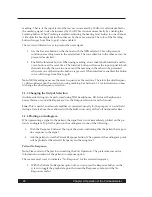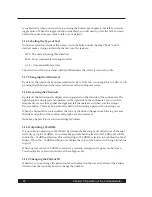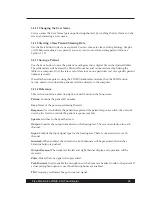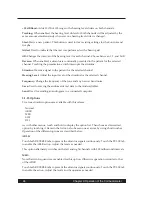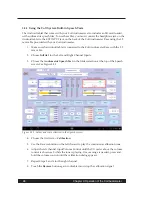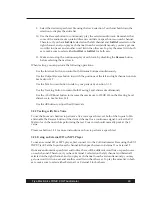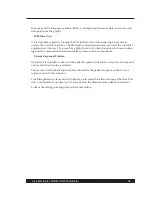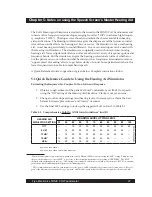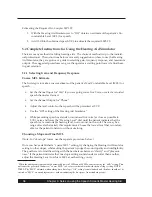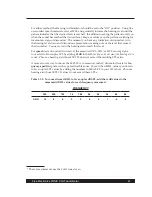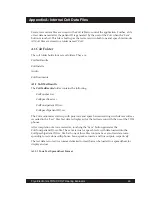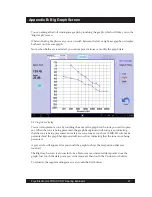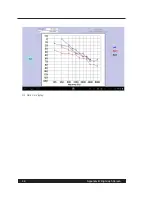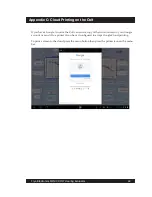
34
Chapter 4: Customizing the Colt operation- The Preferences Menu
Set talk forward as toggle button
The talk forward button normally is active when touched, becoming inactive when the touch
is removed. Sometimes it is desirable to describe a complex test to the patient, which explana-
tion can take time. The setting of the talk forward button to toggle allows the user to touch
the talk forward buttton and keep the talkover alive while describing the test to the patient.
Remove talkover with another touch.
Use right/left display format
The Colt normally has the right ear channel placed on the right side of the audiometer. Some
professionals prefer to have controls for the patient's right ear on the left side of the instru-
ment. Touching the check box on sets the right ear channel to the left, left to the right and
changes the channel colors accordingly.
Combine Curves on Graph
Normally, each curve shown on the graph for an ear is only for that particular test being run;
the phone curve is shown when the phones are used for the HL test, and the bone curves are
shown for that test. Setting the Combine box “on” shows all curves for that ear on one graph.
Dual Frequency
In some cases, it is necessary to operate with different frequencies on the two channels.
Setting this check box adjusts operation to allow two frequencies to be presented simultane-
ously. An additional frequency slider is shown on the tablet for control.
Note: With the Tactile option, the frequency knob sets both channels to the same frequency.
For two frequency operation, the slider controls must be used.
Disable Stimulus Safety Timeout
Normally when presenting levels at or above 100dB HL, the Colt base unit will only present
the source for a short period of time (for safety reasons). In some situations it may be required
that the signal be presented for a longer period of time.
If the Disable Stimulus Safety Timeout is checked, then the signal will be presented as long as
the stimulus button is pressed.
Note: when the Hearing Level dial is set at or above 100dB HL, the Reverse stimulus is
disabled as a safety precaution. The Disable Stimulus Safety Timeout does not change this
behavior.
Patient No Response
When checked, a No Response symbol will automatically be displayed on the graph if the
patient does not press the patient response switch while the stimulus is being presented.
When not checked, the No Response symbol will not be displayed.
The user can easily add or change a graph test point to No Response by pressing the Re-
sponse button on the tablet. Each time the button is pressed, it toggles the data point between



